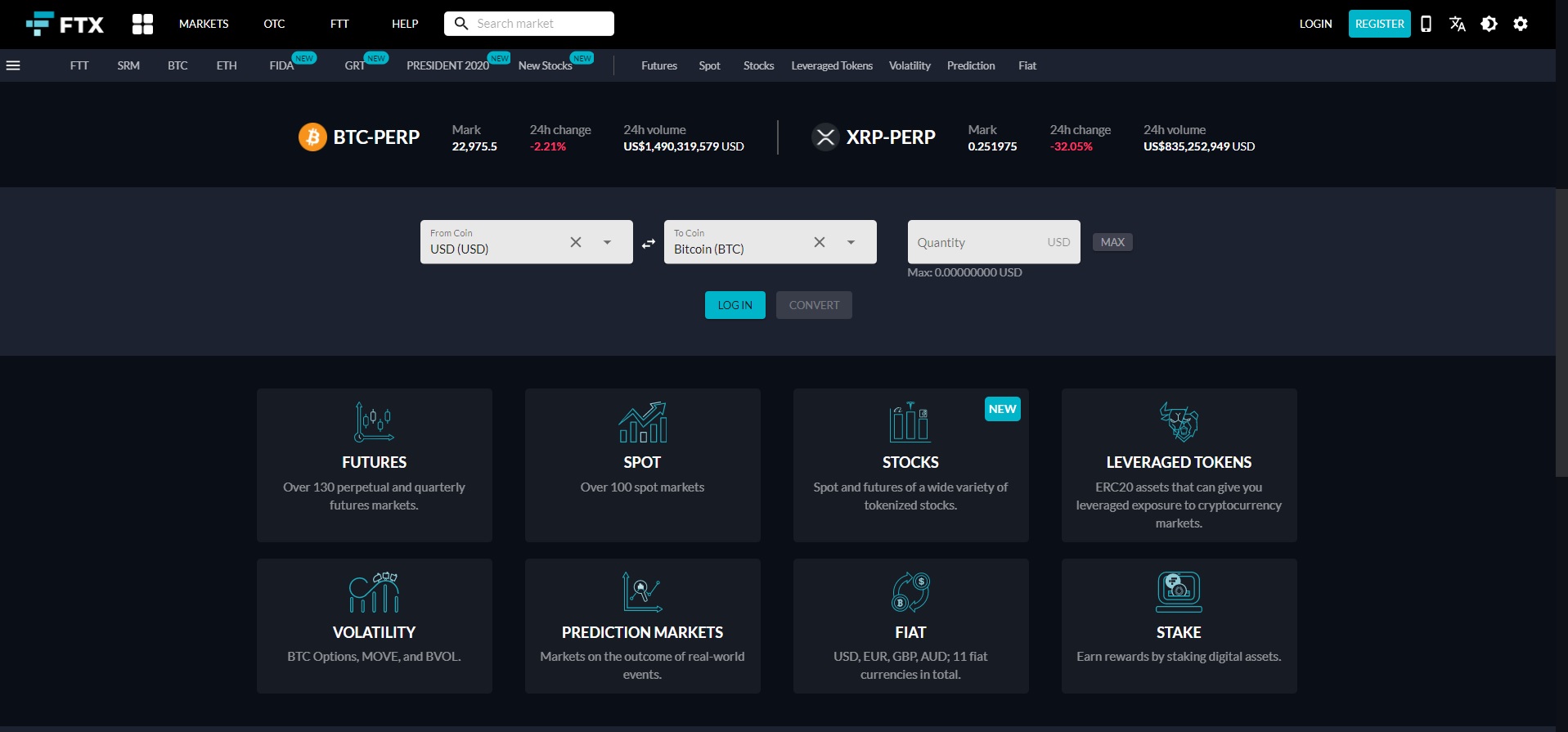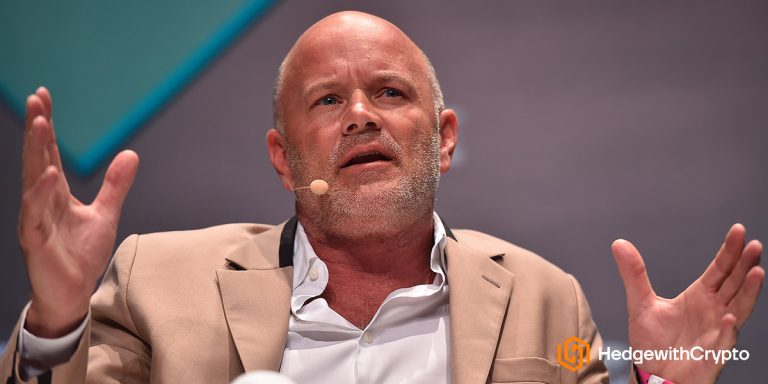Sam Bankman-Fried (SBF) Net Worth
Sam Bankman-Fried cemented himself as one of crypto’s richest celebrities in the early 2020s before his misuse of customer funds landed him in jail and his riches in tatters.
TABLE OF CONTENTS
Sam Bankman-Fried (SBF) is one of the most notorious, polarizing, and infamous crypto influencers has ever experienced. He was best known for founding FTX, which at its peak was one of the highest-volume exchanges in the world that made SBF a near-overnight billionaire. However, the collapse of FTX and the resultant crypto contagion permanently scarred the industry. This article will explore just how hard SBF’s net worth was hit and the broader ramifications caused by the collapse of his FTX empire.
What Is Sam Bankman-Fried’s Net Worth?
As Sam Bankman-Fried is currently facing charges relating to the collapse of FTX and misappropriation of customer funds, it is rather difficult to accurately determine his exact net worth. Based on various sources, it is believed that SBF’s current net worth sits around $3-4 million, and is still widely considered as a crypto millionaire despite his fall from grace.
Naturally, the vast majority of SBF’s fortune was tied up in two assets – the FTX business, and its associated FTT token. After the collapse of the exchange and its native cryptocurrency, the value of such investments plummeted to near zero. Whatever SBF managed to liquidate from FTX and the crypto exchange bankruptcy proceedings will likely be paid back to high-value creditors.
We can therefore assume very little of Bankman-Fried’s 2023 net worth is directly linked to FTX. It is also possible that SBF’s current net worth will continue to shrink as he negotiates legal fees and continues to pay back FTX customers he owes money.
What Is SBF's Net Worth After The FTX Collapse?
During an interview with Good Morning America post the collapse of FTX, SBF claimed that his net worth had fallen to less than $100k USD due to the exchange’s failure. While this is the only direct evidence we have of SBF’s most recent holdings, it is difficult to determine whether it’s true.
For starters, we know that SBF had several high-value assets unrelated to FTX and the crypto market, which he may still own or have liquidated in the past 12 months:
- Significant holdings of ETH and ERC-20 tokens (valued at ~$30k as of September 2023)
- BMW X7 was SBF’s car of choice with a price tag of $110k+.
- He reportedly owned an Audi A7, valued at around $70k
- SBF reportedly owned a Mercedes Benz GLZ, valued at $80k
- SBF and several of those working at FTX owned a Bahamas-based property valued at over $30 million. It’s likely that this property was tied to the business, however, and may have been liquidated as part of the exchange’s bankruptcy process.
- We also know that SBF owns, or at least once owned, a significant amount of SOL
Based on the above, it is likely that SBF’s residual net worth is still greater than $100k, although it is impossible to determine for sure.

What Was Sam Bankman-Fried’s Peak Net Worth?
Sam Bankman-Fried was one of the most successful businessmen in their twenties of all time. His rise to fame was meteoric, and the riches that followed were immense. In 2021, at the age of just 27, Sam Bankman-Fried’s peak net worth hovered around $26 billion. At the time this ranked him as the 41st richest American and the 60th richest person in the entire world. His fortune was largely split into several major assets:
- The FTX exchange
- FTT tokens
- Alameda Research
- Solana (SOL)
- Luxury car collection
- Robinhood Markets stock
Immediately prior to the FTX exchange collapse, SBF’s net worth sat at approximately $16 billion. Regardless of the exact figure of his current net worth, over 90%+ of SBF’s assets were wiped out as a direct result of his malpractice.

Who Is Sam Bankman-Fried?
Sam Bankman-Fried, better known as SBF, is the now scandalous ex-owner of FTX and Alameda Research. SBF was born on March the 5th 1992 in Stanford, California. He graduated from the Massachusetts Institute of Technology with a bachelor's in physics but quickly began to work in the finance industry. He started the trading firm Alameda Research in 2017, before making millions arbitrage trading Bitcoin between exchanges in Japan and the United States. Using this money, and the funds he’d amassed running Alameda, SBF founded FTX in April 2019.
For several years, FTX enjoyed a steady rise and high trading volume, eventually seeing the exchange become the world’s third-most-popular crypto trading platform. Even before his notoriety truly set in, SBF wasn’t universally loved – he was outspoken on political issues and donated millions to American political parties. While he publicly donated significant resources and funds to the Democratic party, he also secretly funded Republican campaigns. In a perhaps even more bizarre use of wealth, SBF supposedly planned to purchase the entire island of Naura – in the case of a dystopian apocalypse downing modern society.
The Collapse of FTX
In early November 2022, FTX was still trading as per usual. However, the environment quickly deteriorated as the CEO of Binance (and direct competitor to FTX), Changpeng Zhao, posted a tweet that set off a chain of reactions resulting in permanent reform to the crypto industry.
A year earlier in 2021, Binance had received over half a billion dollars worth of FTT in an equity deal between the two companies. However, perhaps knowing something the rest of the community did not, Zhao announced that Binance planned to sell their entire holdings of FTT on November 6th – which would no doubt immediately affect the price and liquidity of the token. To make matters worse, it had come out a few days earlier that Alameda Research, FTX’s sister company, held the vast majority of its business assets in FTT. As a result of the potential sale and uncertainty surrounding FTT, the token’s value dropped ~12% over the next 24 hours.
The situation kicked into overdrive two days later on the 8th of November, when Changpeng Zhao took to Twitter once more to drive the final dagger into the FTX exchange. CZ tweeted that Binance was considering an agreement to purchase FTX due to a liquidity crisis at SBF’s exchange. Within a few hours of the tweet, FTT was eviscerated, falling from $22 to $5.
The next day, Binance (and CZ) officially declared they were no longer interested in acquiring FTX. They cited the mishandling of customer funds and upcoming investigations as the two primary reasons. At this point, SBF had lost the majority of his fortune, but he was still maintaining that he (and FTX) had done nothing wrong and everything would be sorted out. However, that same day the Securities and Exchange Commission began investigating FTX to determine if any criminal activity occurred. At this point, FTX had ceased withdrawals and billions of customer dollars were left in limbo.
Revelations emerged over the coming days that SBF had transferred $4 billion – possibly more – of customer funds to his struggling company Alameda Research. Worst of all, he never disclosed the move. Ultimately, Alameda never recovered the money it “owed” FTX, a point that was hammered home when the value of its primary holdings, FTT, dropped by 80+%. FTX no longer had enough cash in reserve to pay out its customers, largely due to bad investments on SBF’s behalf.
Alameda filed for bankruptcy on the 11th of November and FTX followed suit that same day. All up, it is believed that FTX owes its customers and other investors somewhere between $10 and $50 billion.
Where Is Sam Bankman-Fried Now?
The collapse of FTX caused a crypto contagion, with customers from exchanges all over the world performing a “bank run”. A bank run occurs when investors lose faith in the platform’s liquidity and quickly withdraw all funds while the business is still liquid. The impact of this was amplified for crypto trading platforms that had exposure to FTX or the FTT token. As a result, many crypto exchanges were forced into bankruptcy, while others temporarily halted withdrawals as they scrambled to sort out the liquidity crisis.
By November 16th a class-action lawsuit had been formed against SBF, and a month later authorities in the Bahamas got involved and arrested the ex-CEO of FTX on multiple fraud charges. SBF was extradited back to the United States and was indicted in Manhattan for securities fraud and money laundering. SBF pleaded not guilty to all charges and was released on the biggest bond in legal history – $250 million. SBF will face trial in late 2023, almost a year after his mishandling of FTX caused one of the most devastating bear markets the crypto sector has ever seen. He is currently behind bars and is seeking temporary release.
For all the pain, loss, and damage Sam Bankman-Fried’s actions have caused crypto investors and the scene’s reputation, some good has come from it. The collapse of FTX caused government regulators to get on the front foot and look at ways to better protect consumers from crypto criminals. Additionally, it reiterated the important adage “not your keys, not your crypto”, as many investors moved their crypto holdings into safe cryptocurrency wallets. It made crypto exchanges start taking accountability for their actions and putting measures in place to ensure such an incident can never occur again.




